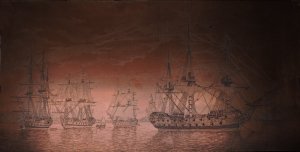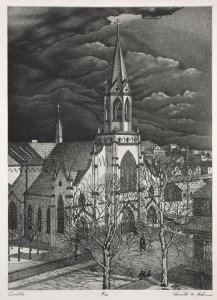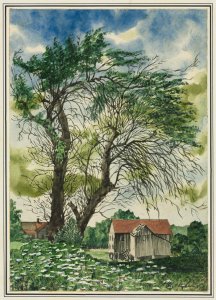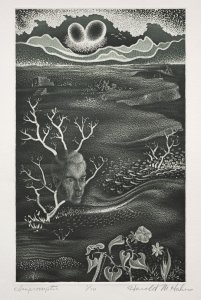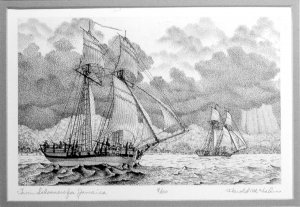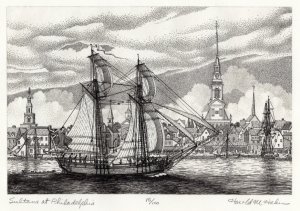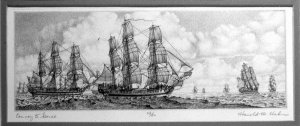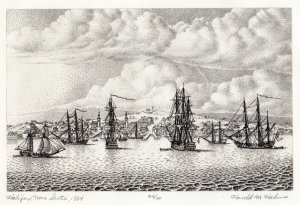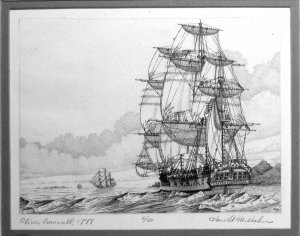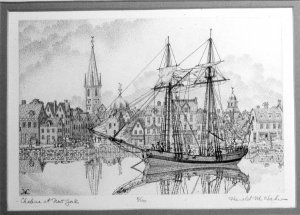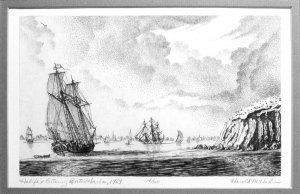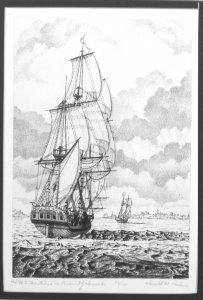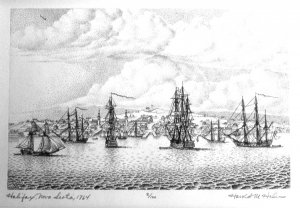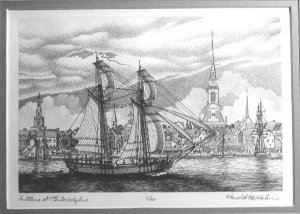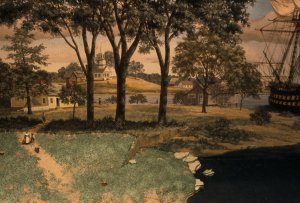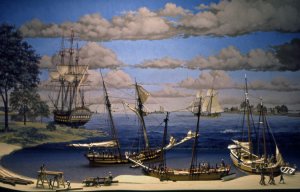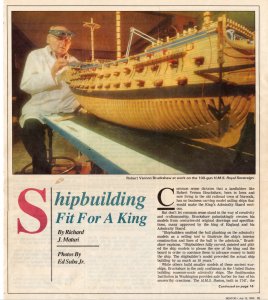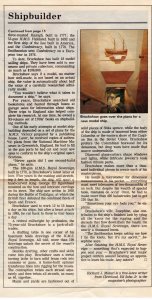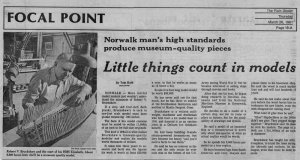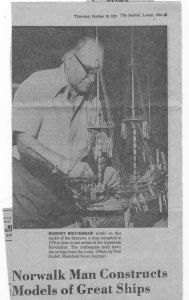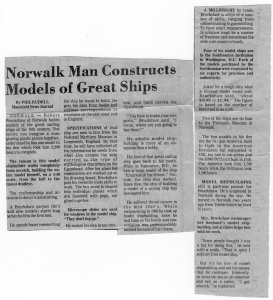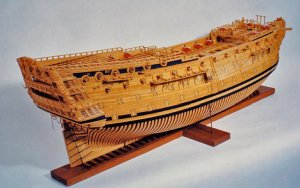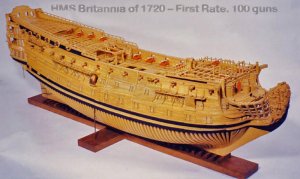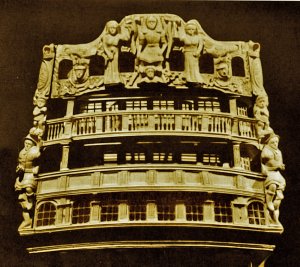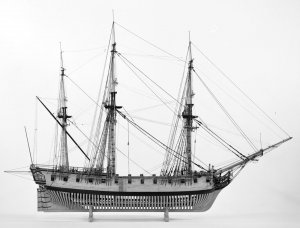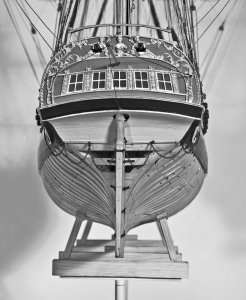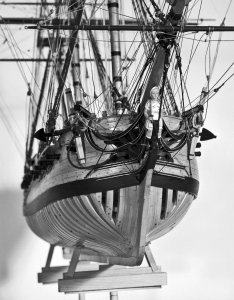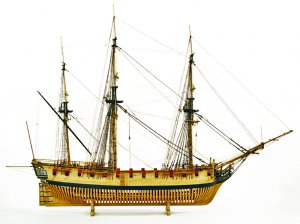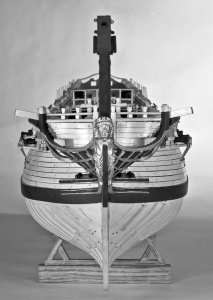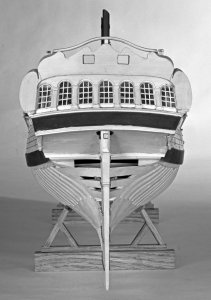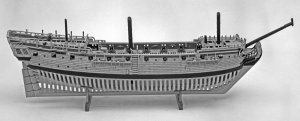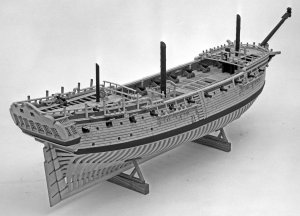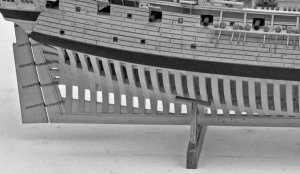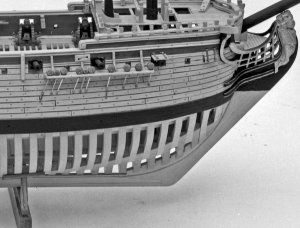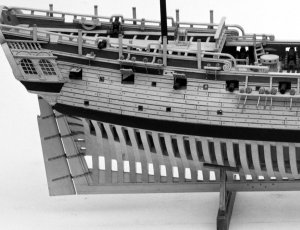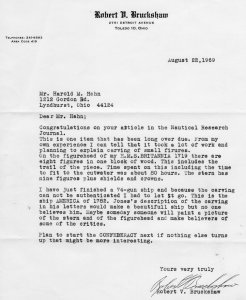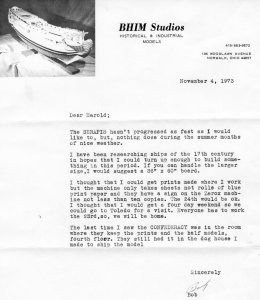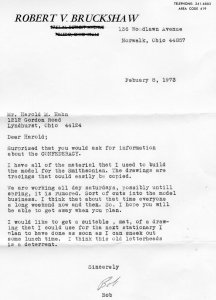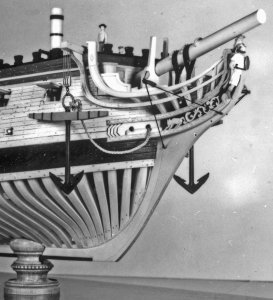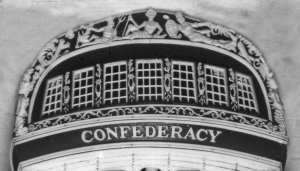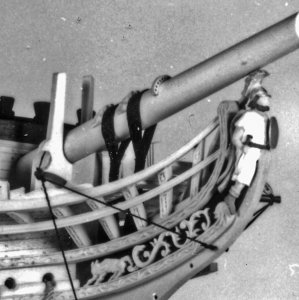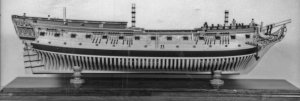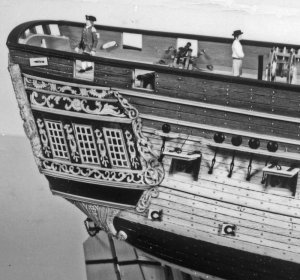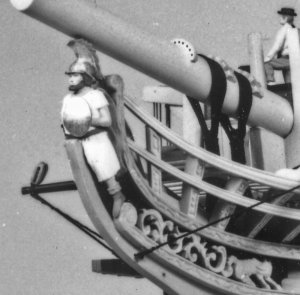- Joined
- Dec 1, 2016
- Messages
- 6,349
- Points
- 728

The artist Harold Hahn part 1
In this article i will explore the work of Harold Hahn and the impact he had on the hobby of model ship building. His ideas molded a generation of model builders and those inspired by his work carried his work forward into the new generation.
All the images you will see are from the Cleveland Museum of art as well from the estate of Harold Hahn. They are shown here with the permission of the museum and the estate. Harold never stopped working, he was a prolific artist every wall in his house hung paintings and sketches, model ships are on display in his house as well as the homes of his children and piles and piles of water colors, drawings, prints, sketches and etchings. Many times i sat and went through his work as he told their story of where and why he created the piece.
My father was a portrait artist and photographer later to become a lithographer i followed in his foot steps and pursued a career as a commercial artist. With my back round in art meeting Harold Hahn a bond was formed as the young artist and the master. Harold was a well educated and refined man his intellect would shine and you could feel his passion of art.
The question of art versus craft. The division between the two is not easy to define without writing a dissertation. Art can be the expression of an idea through craft, and more recently still, art can even just be an idea. Craft on the other hand is often the creation of object through a learned skill. Evidence of this is found in the history of guilds and trades in the renaissance through the journeyman process found even now in trades like carpentry. The museum does not define these things specifically, but collects objects which are examples of both historically. In other words an art museum defines art as a natural talent where as a craft is the result of a learned skill. An artist can pick up a brush or pen and ink or for that matter whatever medium chosen and without prior training will create a work of art. This is not to say an artist can't go through school or training and improve on the raw natural talent. What makes an item a craft is the result of a craftsman going through the process from apprentice to master craftsman or a journeyman learning the craft through a well defined set of rules and instructions.
What is going on when an artist takes a craft and raises it to a level of fine art? As defined above the artist redefines the craft through self expression. In the case of Harold Hahn he was a well established and award winning artist long before he built his first model ship. Self expression comes into play when Harold Hahn took the craft of model ship building which is a learned skill and adds an element of sculpture and expression. We can accomplish the craft of model ship building through learning and training but no matter how hard some of us try we can never accomplish the level of sculpture achieved by the natural talent of Hahn, this is the dividing line between art and craft.
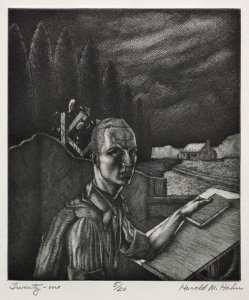
Twenty-one (Self-Portrait), 1942. Harold Maxwell Hahn (American, 1920-) Etching;
The Cleveland Museum of Art, Gift of The Print Club of Cleveland 1942.311
In this article i will explore the work of Harold Hahn and the impact he had on the hobby of model ship building. His ideas molded a generation of model builders and those inspired by his work carried his work forward into the new generation.
All the images you will see are from the Cleveland Museum of art as well from the estate of Harold Hahn. They are shown here with the permission of the museum and the estate. Harold never stopped working, he was a prolific artist every wall in his house hung paintings and sketches, model ships are on display in his house as well as the homes of his children and piles and piles of water colors, drawings, prints, sketches and etchings. Many times i sat and went through his work as he told their story of where and why he created the piece.
My father was a portrait artist and photographer later to become a lithographer i followed in his foot steps and pursued a career as a commercial artist. With my back round in art meeting Harold Hahn a bond was formed as the young artist and the master. Harold was a well educated and refined man his intellect would shine and you could feel his passion of art.
The question of art versus craft. The division between the two is not easy to define without writing a dissertation. Art can be the expression of an idea through craft, and more recently still, art can even just be an idea. Craft on the other hand is often the creation of object through a learned skill. Evidence of this is found in the history of guilds and trades in the renaissance through the journeyman process found even now in trades like carpentry. The museum does not define these things specifically, but collects objects which are examples of both historically. In other words an art museum defines art as a natural talent where as a craft is the result of a learned skill. An artist can pick up a brush or pen and ink or for that matter whatever medium chosen and without prior training will create a work of art. This is not to say an artist can't go through school or training and improve on the raw natural talent. What makes an item a craft is the result of a craftsman going through the process from apprentice to master craftsman or a journeyman learning the craft through a well defined set of rules and instructions.
What is going on when an artist takes a craft and raises it to a level of fine art? As defined above the artist redefines the craft through self expression. In the case of Harold Hahn he was a well established and award winning artist long before he built his first model ship. Self expression comes into play when Harold Hahn took the craft of model ship building which is a learned skill and adds an element of sculpture and expression. We can accomplish the craft of model ship building through learning and training but no matter how hard some of us try we can never accomplish the level of sculpture achieved by the natural talent of Hahn, this is the dividing line between art and craft.

Twenty-one (Self-Portrait), 1942. Harold Maxwell Hahn (American, 1920-) Etching;
The Cleveland Museum of Art, Gift of The Print Club of Cleveland 1942.311
Last edited:



